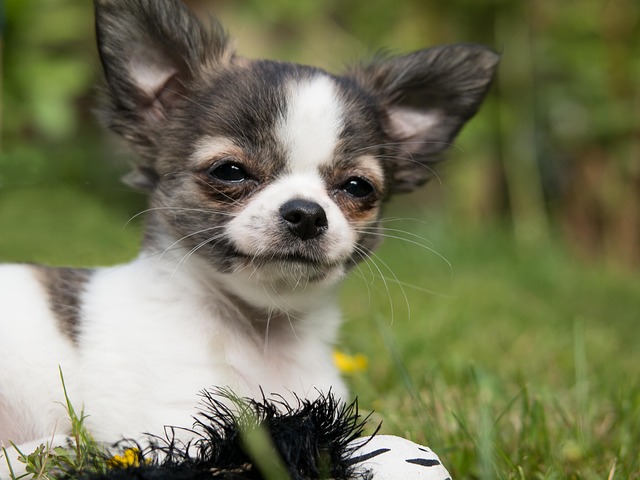
How do i train my dog to be obedient?
Watching your dog dart across the park ignoring your calls isn’t just frustrating—it can put them at risk near busy streets or public spaces.
Puppy potty training often feels like a puzzle for new owners, but it starts with reading your furry friend’s cues—sniffing circles, sudden pacing, or quiet whines are all signs they need to go. Try taking them out first thing in the morning, right after meals, and before bed; consistency here helps build a routine they’ll learn to follow. Just remember to keep trips positive—praise or a small treat when they go outside reinforces that this is the right behavior, not scolding if accidents happen.
Many areas in Europe and North America have strict rules about pet waste, so always carry poop bags and clean up after your puppy. Some cities even fine owners who don’t, which is why teaching them to go in designated spots (like a patch of grass in your yard or a public dog area) matters beyond just training. If you live in an apartment, a puppy pad can work temporarily, but aim to transition to outdoor trips as they get older—this keeps both your space clean and follows local community standards.
 Timing is key when preventing accidents. Puppies have small bladders, so they can’t hold it long—usually about one hour per month of age. For example, a 3-month-old puppy might need a trip every 3 hours. If you catch them starting to go inside, gently pick them up and move them outside; once they finish there, reward them. Never rub their nose in messes, though—this scares them and doesn’t teach them anything, which can slow down their training progress.
Timing is key when preventing accidents. Puppies have small bladders, so they can’t hold it long—usually about one hour per month of age. For example, a 3-month-old puppy might need a trip every 3 hours. If you catch them starting to go inside, gently pick them up and move them outside; once they finish there, reward them. Never rub their nose in messes, though—this scares them and doesn’t teach them anything, which can slow down their training progress.
Behavioral theory tells us that puppies learn best through positive reinforcement, not punishment. So if they have an accident when you’re not around, just clean it up with an enzyme cleaner (regular soap can leave smells that attract them back to the same spot) and stick to your routine. Over time, they’ll connect “going outside” with good things and “inside” with not going potty. It might take a few weeks, but patience here pays off—most puppies get the hang of it by 6 months old.
By staying consistent with routines, keeping training positive, and following local pet laws, you’ll turn potty training from a stressor into a bonding experience with your puppy. Not only will this keep your home clean and keep you compliant with local rules, but it also sets the foundation for good behavior as they grow. Before you know it, you’ll both feel confident with their potty habits, making walks and daily life with your new companion that much easier.

Watching your dog dart across the park ignoring your calls isn’t just frustrating—it can put them at risk near busy streets or public spaces.

New puppy owners often find themselves rushing to clean up accidents before they set in, and that’s where puppy pad training becomes a game-changer.

If you've noticed your dog's waistline disappearing and your veterinarian has mentioned those few extra pounds, your first instinct might be to simply reduce the amount of food in their bowl.

Training a dog to use a designated spot indoors isn’t as daunting as many new owners fear, but it does take consistency and an understanding of your pet’s needs.

That moment of dread on a walk is all too familiar for many new dog owners. You see another dog approaching down the sidewalk of your neighborhood

If the sight of another dog on your neighborhood walk makes your heart sink as your own dog erupts into a frenzy of barking and lunging, you're not alone.